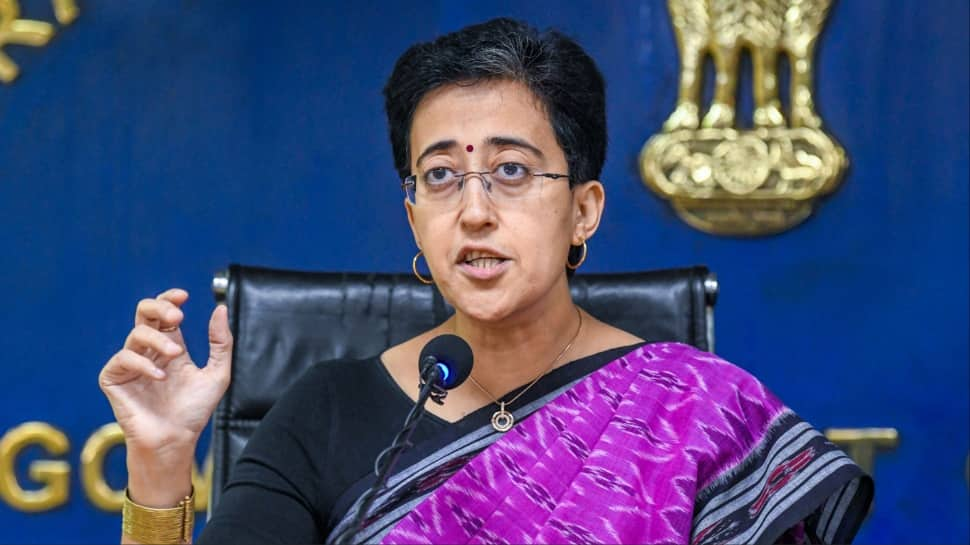New Delhi: Environment Minister Gopal Rai on Friday said the government has formed a coordination committee each to identify and mitigate local sources of pollution at 13 locations in the city stifled with “very poor” air.
Rai at a press conference said that while the whole of Delhi is breathing ‘poor’ air, it was particularly ‘very poor’ at 13 hotspots, where the Air Quality Index crossed 300.
Anand Vihar, Ashok Vihar, Dwarka Sector 8, Mundka, Jahangirpuri, Rohini, Narela, Okhla, Punjabi Bagh, R.K Puram, Vivek Vihar, Wazirpur, and Bawana have been identified as these 13 places.
In a meeting, Rai directed officials to strictly follow all pollution-related guidelines, a statement said. “To reduce dust pollution, coordination committees for each location have been formed to identify and mitigate local sources of pollution at 13 hotspots,” Rai said.
MCD deputy commissioners have been tasked with the job to prepare an action plan for hotspot areas under their jurisdiction, he added.
According to the statement, 80 mobile anti-smog guns have been installed in the hotspot areas.
Rai added that DPCC engineers have also been designated at all hotspots and asked to submit daily reports to a ‘Pollution War Room’.
“The construction work of NCRTC along with BS-3 and BS-4 diesel buses coming from Uttar Pradesh is the biggest reason for pollution in Anand Vihar,” Rai said on the causes of pollution in one of the hotspots.
The city government on Tuesday implemented the Graded Response Action Plan (GRAP) Stage 1 in view of the sustained poor air quality in the city in the past few days.
Stage 1 of the GRAP, a set of winter-specific anti-pollution measures, focuses on controlling pollution through dust mitigation at construction sites, proper waste management, and regular road cleaning.
It also mandates strict checks on polluting vehicles, better traffic management, and emission controls in industries, power plants, and brick kilns.

